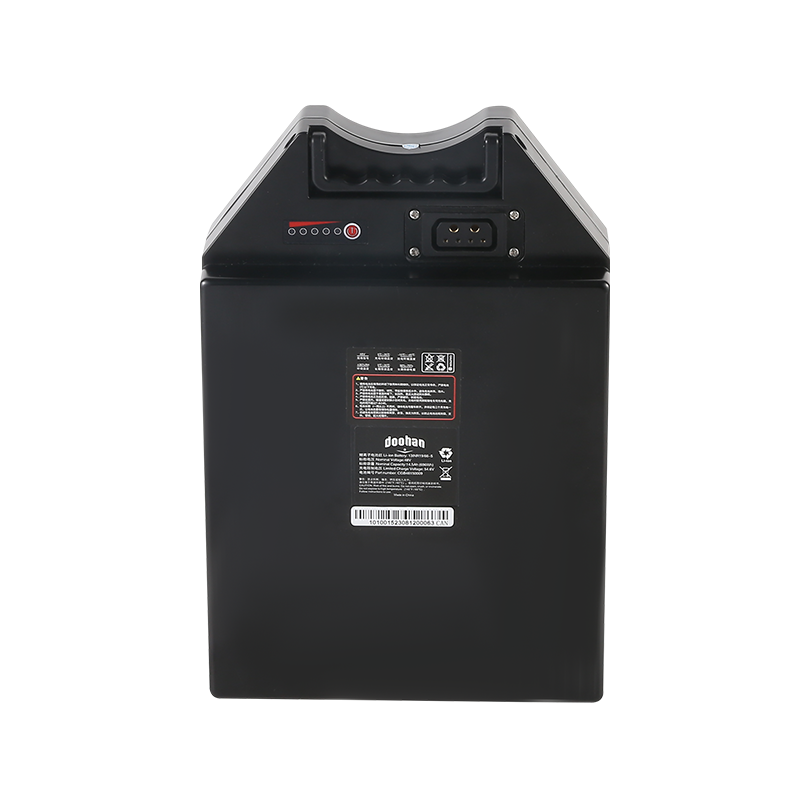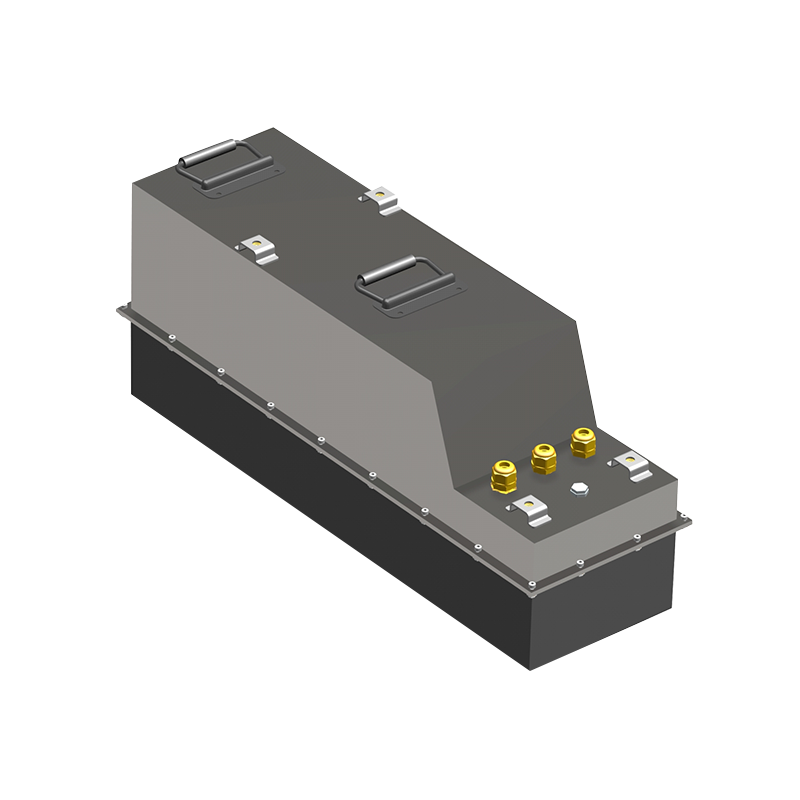Web Menu
Product Search
Exit Menu
The Crucial Role of Life Support and Medical Imaging Equipment Batteries
In the realm of medical technology, the continuous evolution of life support and medical imaging equipment has been a driving force in improving patient care and diagnostics. A pivotal component behind these advancements is the innovation in medical equipment batteries, which plays a transformative role in ensuring the seamless functionality and reliability of critical healthcare devices.
Life support equipment, designed to sustain or replace a vital bodily function, relies heavily on advanced battery systems for uninterrupted operation. The symbiotic relationship between life support equipment and high-performance batteries ensures that patients depending on such devices receive optimal care. The evolution of life support equipment batteries has not only enhanced their energy density and longevity but has also introduced intelligent power management systems, further elevating the safety and efficacy of these life-saving technologies.
The integration of cutting-edge battery technology is equally instrumental in the field of medical imaging equipment. As medical imaging continues to advance, demanding higher resolutions, faster processing, and increased mobility, the need for robust and efficient batteries becomes paramount. Medical imaging equipment batteries power devices such as CT scanners, MRI machines, and portable ultrasound units, enabling healthcare professionals to conduct timely and accurate diagnoses.
One breakthrough in medical imaging battery technology lies in the development of lithium-ion batteries with enhanced energy density. This allows for prolonged operation of imaging equipment during critical procedures, reducing the need for frequent recharging and minimizing downtime. Moreover, advancements in battery technology contribute to the portability of medical imaging devices, facilitating point-of-care diagnostics and improving accessibility in diverse healthcare settings.
The significance of these advancements becomes even more apparent in emergency situations and remote healthcare settings. Life support equipment batteries, equipped with state-of-the-art technology, ensure that patients receive continuous care during transit or in locations where access to a stable power source may be limited. Similarly, medical imaging equipment batteries empower healthcare providers to conduct diagnostic procedures in the field, enhancing the reach of medical services to underserved populations.
The constant evolution of medical equipment batteries is not only a testament to technological progress but also a reflection of the healthcare industry's commitment to patient-centric innovation. The incorporation of smart battery management systems ensures that healthcare providers can monitor battery health in real-time, preemptively addressing issues and preventing potential disruptions in patient care.
In the quest for sustainability, medical equipment batteries are also undergoing advancements to reduce their environmental impact. The development of eco-friendly battery chemistries aligns with the broader healthcare industry's efforts to adopt greener practices and minimize the ecological footprint of medical technologies.
Looking ahead, the synergy between life support and medical imaging equipment batteries is poised to drive further breakthroughs in the healthcare sector. Future innovations may include the integration of artificial intelligence to optimize battery usage based on specific patient needs and predictive analytics to anticipate battery failures before they occur.
In conclusion, the progress in life support and medical imaging equipment batteries represents a critical enabler of advancements in the medical field. The synergy between these advanced battery technologies and life-saving medical devices underscores their indispensable role in improving patient outcomes, expanding access to healthcare, and contributing to the overall progress of medicine. As technology continues to push boundaries, the healthcare industry remains at the forefront of innovation, with medical equipment batteries serving as a linchpin in the pursuit of better, more accessible, and patient-centric healthcare solutions.
-

+86-13049701086
-

Stonehuang@CGONEN.com
-

No.88, Huji Road, Taizhou Bay Binhai New Area, Jiaojiang District, Taizhou City, Zhejiang Province, China











